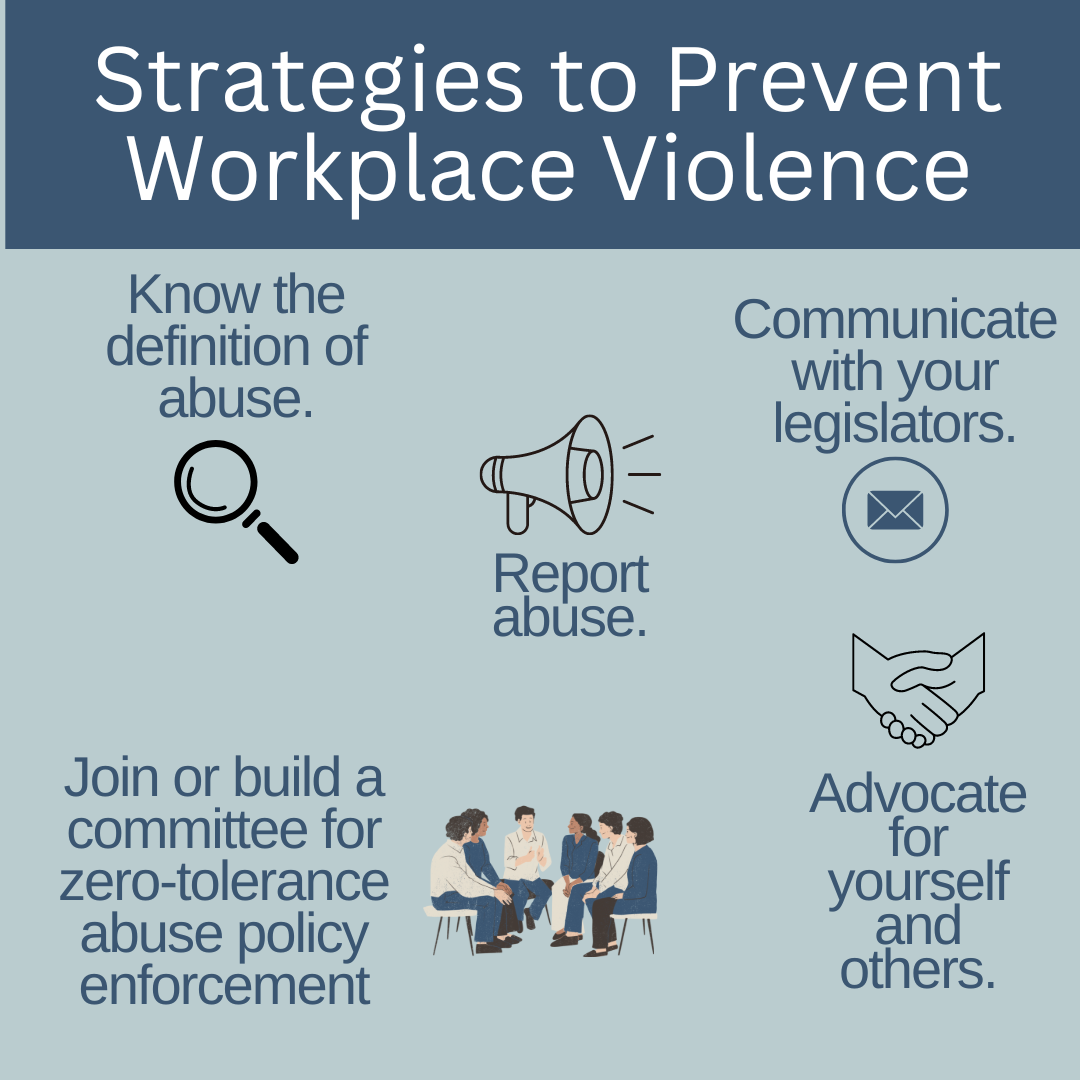Examining the Influence of Office Culture on the Success of Violence Prevention Initiatives and Employee Well-Being
The intersection of workplace society, physical violence prevention initiatives, and worker wellness warrants careful exam, as these elements jointly affect organizational success. A culture that prioritizes open interaction and mental safety can equip workers to identify and report prospective dangers, thus promoting an atmosphere conducive to both psychological health and wellness and reliable physical violence prevention methods.
Understanding Workplace Culture
Often, workplace culture offers as the foundation for employee communications and overall business behavior. It encompasses the shared values, ideas, and techniques that shape the setting in which employees operate.

Organizations must examine their existing work environment culture to recognize areas for improvement. This assessment can include surveys, focus teams, or one-on-one conversations. By recognizing the cultural dynamics at play, companies can carry out targeted interventions that promote a more secure and a lot more respectful work setting, inevitably minimizing the danger of violence in the office.
Duty of Employee Health
A positive office culture not just affects business actions but likewise significantly impacts staff member wellness. When staff members feel valued and respected, their overall work contentment increases, bring about improved psychological and emotional health and wellness. This, consequently, cultivates a sense of belonging and loyalty, which is necessary for long-lasting involvement and efficiency.
In addition, a supportive cultural setting advertises open communication, allowing workers to share issues and seek aid without fear of preconception. This openness is crucial in resolving problems associated with stress, fatigue, and interpersonal disputes, which can detrimentally influence both specific wellness and organizational consistency.
Additionally, organizations that focus on worker well-being typically see reduced absenteeism and turnover rates. Healthy and balanced employees are much more durable and much better equipped to take care of workplace challenges, adding to a much more stable and effective workforce.
Investing in employee wellness through campaigns such as health cares, psychological wellness sources, and adaptable working arrangements can produce a favorable feedback loophole, improving both individual satisfaction and collective business success (california workplace violence prevention). Ultimately, focusing on employee well-being is not simply a moral imperative; it is a calculated approach that profits the whole company
Violence Prevention Strategies
Applying efficient physical violence avoidance approaches is important for maintaining a risk-free and healthy and balanced office environment. Organizations has to embrace a comprehensive strategy that consists of plan advancement, worker training, and positive interaction. Establishing clear office violence policies is the primary step, making sure that all employees comprehend appropriate behavior and the repercussions of offenses.
Educating programs ought to be made to educate employees about identifying indication of potential physical violence, conflict resolution methods, and emergency response procedures. Routine drills and simulations can improve preparedness, cultivating a culture of recognition and liability.
Moreover, cultivating open interaction networks urges staff members to report worries without fear of retaliation. This can be facilitated via confidential reporting systems or regular feedback sessions. Furthermore, promoting a helpful workplace click to read more culture that values respect and inclusivity can significantly minimize the threat of physical violence.
Organizations needs to likewise involve in regular evaluations of their workplace culture and violence prevention methods, adapting them to developing needs. By prioritizing these strategies, firms not just secure their workers yet also enhance total health, eventually adding to a more effective workplace.
Determining Cultural Impact
Measuring the effect of workplace culture on physical violence avoidance initiatives is important for recognizing the efficiency of current approaches and recognizing areas for enhancement - california workplace violence prevention. To attain this, organizations must utilize a multifaceted technique that combines measurable and qualitative techniques. Surveys and analyses can gather Get More Information information on employee assumptions of work environment inclusivity, security, and support systems, while case records supply concrete proof of physical violence incidents and their context within the business society
In addition, focus groups and interviews can disclose deeper understandings right into staff members' experiences, beliefs, and attitudes bordering violence prevention efforts. Analyzing this qualitative data aids companies to pinpoint cultural strengths and weaknesses that might either promote or hinder effective prevention approaches. Benchmarking against sector standards permits for comparative evaluation, helping companies determine their performance family member to peers.

Producing Encouraging Atmospheres
Regularly fostering an encouraging atmosphere within the office is important for effective violence prevention. Such atmospheres equip workers to interact freely concerning their problems and experiences, therefore recognizing prospective issues prior to they intensify. A culture of support improves trust amongst staff member, urging cooperation and aggressive problem-solving.
To create a supportive environment, organizations should focus on training programs that concentrate on problem resolution, emotional intelligence, and active listening. These abilities furnish staff members to handle interpersonal connections constructively, minimizing the probability of misunderstandings that could lead to violence - california workplace violence prevention. Additionally, carrying out mentorship programs can supply staff members with support and reassurance, contributing to their general wellness
Leadership plays a vital role in forming an encouraging office culture. By modeling compassionate behavior and demonstrating a commitment to worker well-being, leaders set a tone that urges others to follow fit. Normal comments mechanisms, such as anonymous surveys, can also aid evaluate employee belief and highlight locations for renovation.
Eventually, a supportive setting not only mitigates the risk of physical violence but likewise boosts worker morale, work fulfillment, and efficiency, strengthening the organization's dedication to fostering a growing and secure workplace.
Conclusion
A positive work environment culture significantly influences both physical violence prevention initiatives and staff member well-being. By cultivating open communication and encouraging the reporting of worries, companies can boost psychological wellness and click for source job fulfillment among staff members.
The crossway of workplace culture, physical violence prevention efforts, and worker wellness warrants careful exam, as these components collectively affect business success. A culture that prioritizes open communication and mental security can equip employees to recognize and report possible risks, consequently promoting an environment favorable to both mental wellness and efficient physical violence prevention strategies.A positive workplace society not just affects business behavior however also significantly effects worker well-being. Assessments and studies can gather data on worker understandings of office inclusivity, support, and safety systems, while case records offer concrete evidence of physical violence incidents and their context within the organizational society.
A positive workplace society dramatically affects both violence prevention initiatives and employee health.